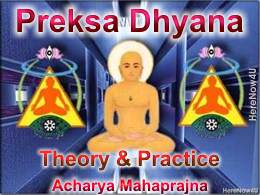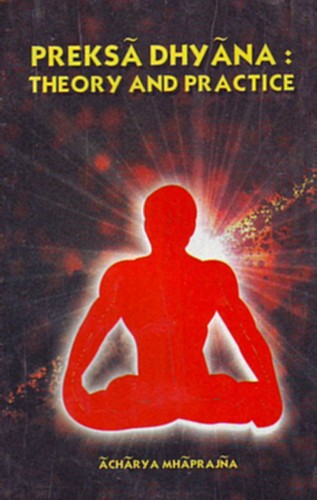
Apart from the researchers, many eminent doctors as well as general practitioners agree that meditation and deep relaxation can cure and prevent any number of psycho-somatic diseases. Concentrated perception of body - sanra preksa - produces a more balanced equilibrium between the sympathetic and parasympathetic components of the autonomic nervous system which is ultimately responsible for the homeostasis in the body.
Improvement of physical health without the use of injurious drugs, though a valuable benefit, is not the chief objective of meditation. It is a tool for awakening and developing one's conscious reasoning and thereby modifying one's attitude and behavior to be truly worthy of a human being.
Deep-level consciousness is an innate aspect of human wisdom and has an elevating effect on human personality. Unfortunately, the modern way of life has considerably weakened this ability and one has come to believe that he can function satisfactorily without awakening and activating the inherent deep-conscious abilities. But there can be no spiritual advancement without reaching the deep-conscious abilities.
To become acquainted with one's own body is an essential medium of spiritual advancement and self-awareness. Perception of body is a technique of becoming acquainted not only with the gross physical body but also with the mysteries of the subtle (taijasa) body and the super subtle body (karma-sarira). After this, it is not difficult for the practitioner to reach and be acquainted with his deep-level consciousness. On the other hand, if one thinks that one could reach the spiritual self without properly understanding the significance of the flow of vital energy in different parts of the body, it would be a mere imaginary achievement.
Practice of perception of body is, thus, an essential step for acquiring not only physical goodness but psychical goodness also.
 Acharya Mahaprajna
Acharya Mahaprajna

